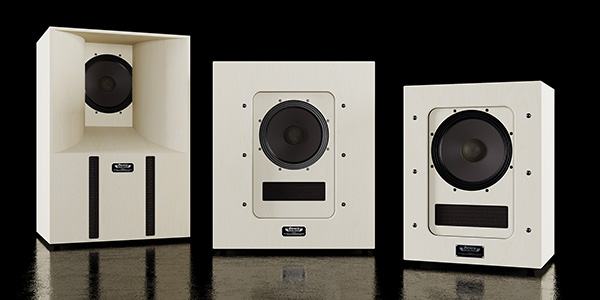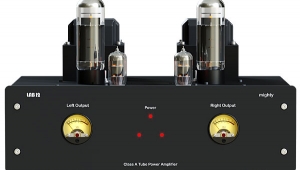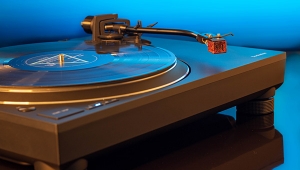| Columns Retired Columns & Blogs |
Herb Reichert mentioned the use of 2nd order Linkwitz-Riley passive series crossovers.
Linkwitz-Riley refers to the late greats Siegfried Linkwitz and Russ Riley. You might find interesting some of Siegfried Linkwitz's commentary on the subject of passive and active crossovers, quoted excerpts below, with more available on the associated webpage from his website (links further below), which is a treasure trove of excellent information centered on the applied science and art of loudspeaker design, with much surrounding information.
"Crossovers may be implemented either as passive RLC networks, as active filters with operational amplifier circuits or with DSP engines and software. The only excuse for passive crossovers is their low cost. Their behavior changes with the signal level dependent dynamics of the drivers. They block the power amplifier from taking maximum control over the voice coil motion. They are a waste of time, if accuracy of reproduction is the goal."
"I have a strong preference for line level active dividing networks ahead of the power amplifiers. In this approach the power amplifier output is connected directly - except for a very low resistance speaker cable - to the voice coil of the driver. The amplifier takes maximum control over the motion of the speaker cone which gives a greater sense of clarity and dynamism compared to a passive dividing network between amplifier and driver. Active crossovers make much more effective use of amplifier power. A clipping woofer amplifier is not seen by the tweeter, which has its own amplifier. The clipping of the woofer amplifier may not even be noticed in this case. It would surely be heard with a passive crossover, where it might even overheat and damage the tweeter, because of the large amount of high frequency energy in the clipped signal."
"Crossover filters for a speaker usually incorporate frequency response corrections for the individual drivers to obtain a desired overall response. The active network has the advantage of correcting easily for different sensitivities of drivers and equalizing not only the individual drivers but the combined response as well. Not having to deal with the interaction between driver impedance and passive filter network gives the designer of an active crossover/equalizer much greater freedom and control to develop a superior product."
https://www.linkwitzlab.com/crossovers.htm
https://www.linkwitzlab.com/frontiers.htm
https://www.linkwitzlab.com










































